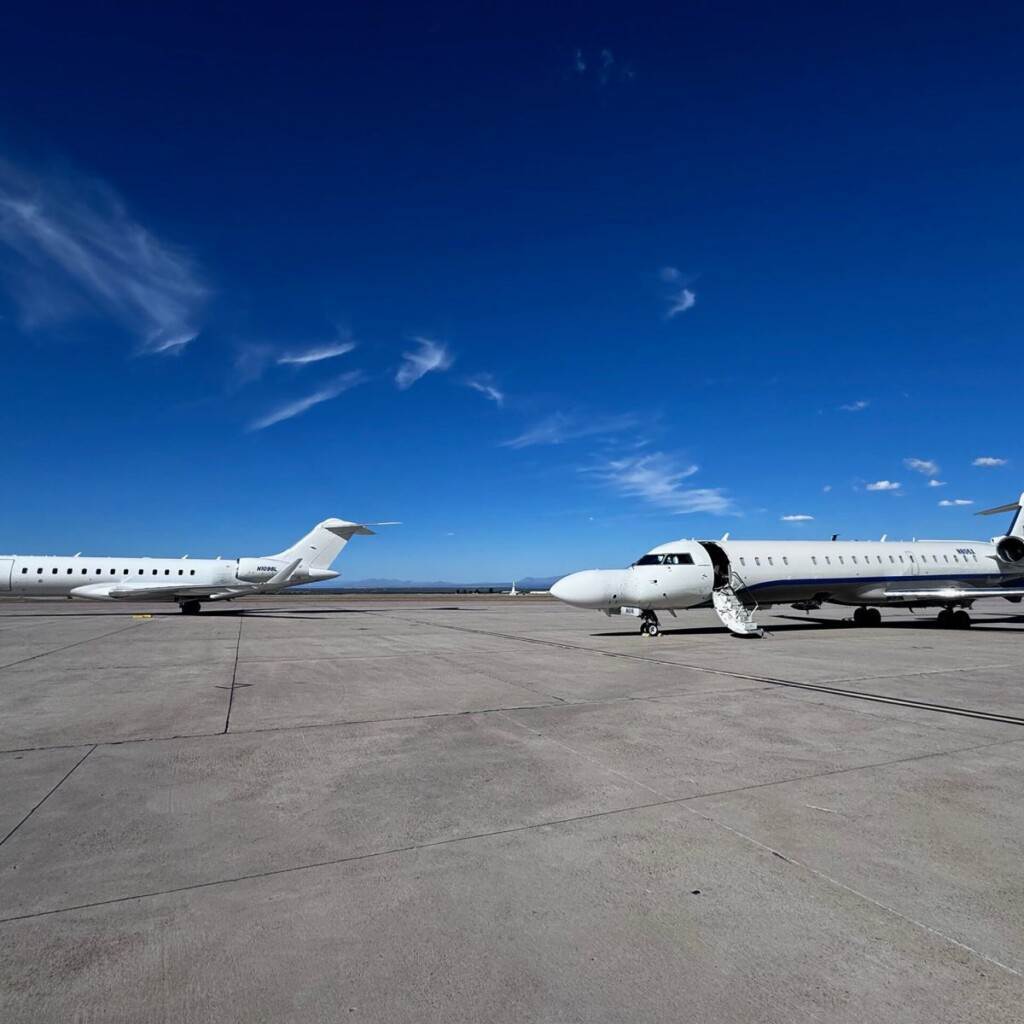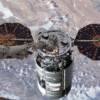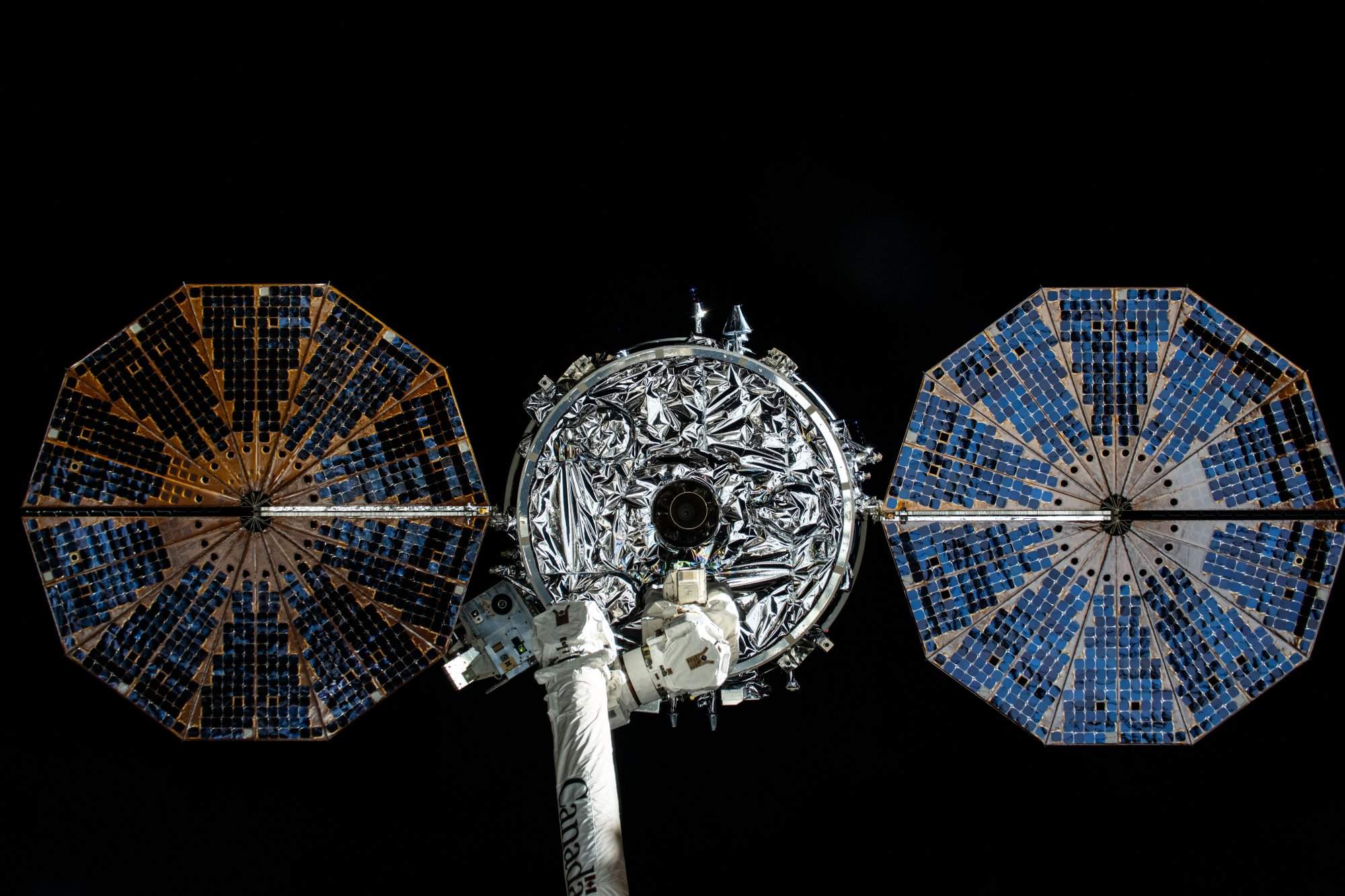22
Oct
Northrop Grumman unveils flying data center for military intelligence
Top Stories Tamfitronics Northrop Grumman's deep sensing and targeting system, housed on a civilian aircraft (right), was showcased at ...



 Hot Deals
Hot Deals Shopfinish
Shopfinish Shop
Shop Appliances
Appliances Babies & Kids
Babies & Kids Best Selling
Best Selling Books
Books Consumer Electronics
Consumer Electronics Furniture
Furniture Home & Kitchen
Home & Kitchen Jewelry
Jewelry Luxury & Beauty
Luxury & Beauty Shoes
Shoes Training & Certifications
Training & Certifications Wears & Clothings
Wears & Clothings







